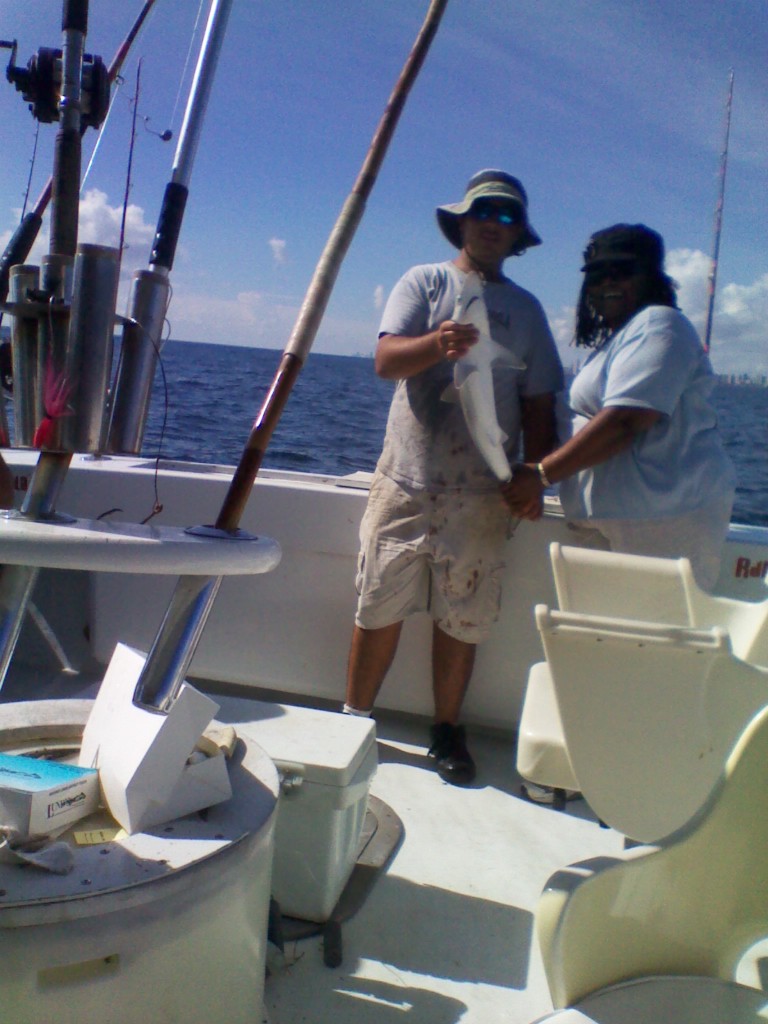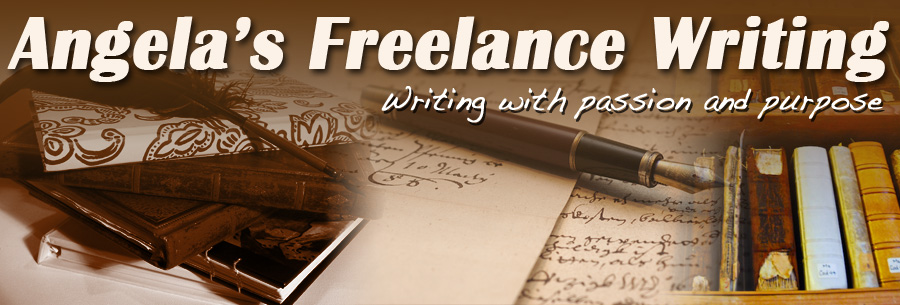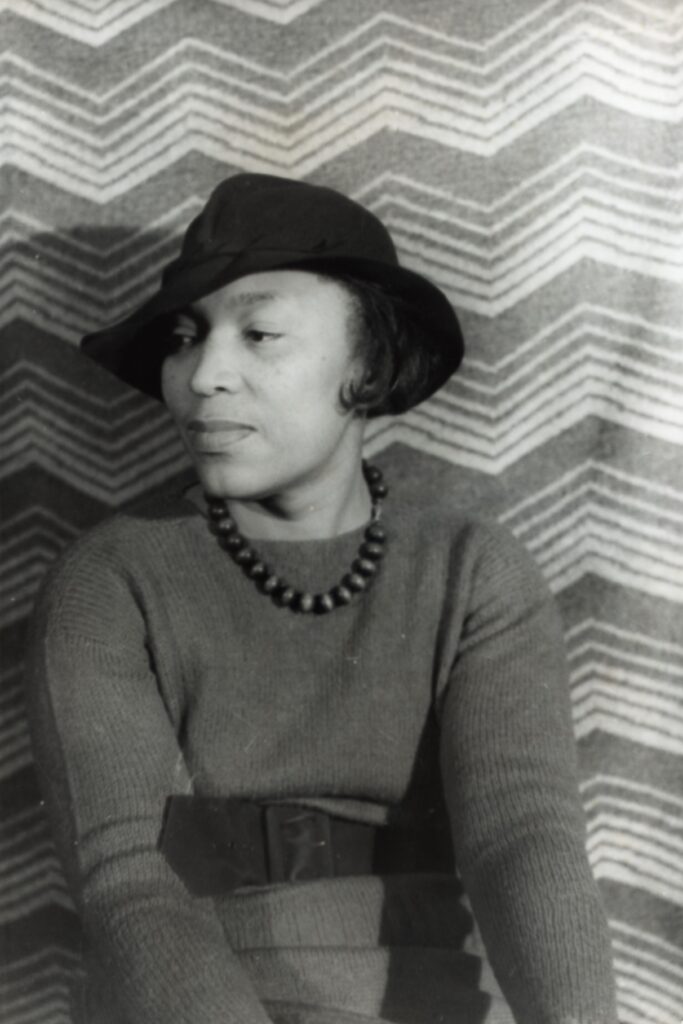Fort Lauderdale is the city you never want to leave, states the beginning of an article on the government’s website. Located along the coast of the Atlantic Ocean in the US state of Florida, Fort Lauderdale boasts 165 miles of scenic, inland waterways, giving the city the well-deserved designation “the Venice of America.”

The city is also home to a number of museums, libraries, and cultural centers, including the Riverwalk, which features the Broward Center for the Performing Arts, the hub of the city’s arts, science and historic district. The famous Las Olas Boulevard offers the finest in fashion, dining, and entertainment.
Fort Lauderdale is a bustling city with its own airport, The Fort Lauderdale-Hollywood International Airport and accommodates a number of industries, including marine, tourism, manufacturing, real estate, and others. Just as diversified is its population with whites making up 46.6%, followed by blacks or African American, 32.2%, Hispanic or Latino, 18.5%, according to a 2020 census. American Indian, Asian, Native Hawaiian and Pacific Islander make up the rest.
Fort Lauderdale is named after three forts built by the United States during the Second Seminole War. The forts were named after Major William Lauderdale who led a detachment of Tennessee Volunteers south to capture Seminole agricultural lands and battle the Indian warriors.
Among the first settlers in the 1880s —when Florida was controlled by the Spanish —were slaves who had escaped from northern plantations. Immigrants from Bahamas, farmers and craftsmen looking for opportunities also came to Fort Lauderdale. They settled in the northwestern part of the city called “colored town.” Here they faced school segregation for their children and Black Codes that kept them in a new form of bondage. Black men paid a dollar tax for the schools and the children had to pay for tuition. By 1901, when Fort Lauderdale was still part of Dade County, the county had 20 schools for whites, but only 6 for blacks.
In 1907, blacks in Fort Lauderdale got their first school when white pioneer Tom M. Bryan donated a one-room building on the west side of N.W. Third Avenue, but this was later torn down to build an ice plant. Black children then either had to go to private homes or to Knights of Pythias Hall at N.W. Fourth Street and Fourth Avenue, while still expected to work in the fields after school and during the winter harvest.
Finally, in 1923 the Broward County School Board agreed to open a “colored school” in Tuskegee Park. Joseph Ely became the school’s first principal when the school opened in 1924, and named it in honor of James Hardy Dillard, a white man who had helped foster good relations between the races. Today, there is a Dillard Elementary and a Dillard High School catering to middle and high school students. Local officials began integrating the schools in 1961, and by 1970 all the schools of Broward County were fully integrated.
As Black History month comes to a close, we honor the lives of those who suffered and died in order to blaze a trail for us to follow so we can enjoy a better life. I don’t think we should be afraid of our history. Black history is a painful one indeed, but when we look at how far we have come, we can hold our heads high and be proud of what we accomplished. “The mixture of pain and anger, from past experiences, are the most sincere colors to create new horizons on my canvas.” ― Efrat Cybulkiewicz
Let’s create some new horizons.
You can follow me on Facebook Twitter LinkedIn and Instagram
If you love books and love wearing t-shirts then you may love to add one of these to your wardrobe.






